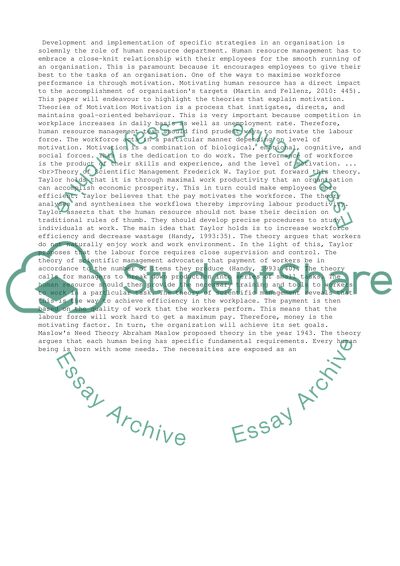Cite this document
(“Human Resource Management Essay Example | Topics and Well Written Essays - 1500 words - 2”, n.d.)
Retrieved from https://studentshare.org/management/1397389-human-resource-management
Retrieved from https://studentshare.org/management/1397389-human-resource-management
(Human Resource Management Essay Example | Topics and Well Written Essays - 1500 Words - 2)
https://studentshare.org/management/1397389-human-resource-management.
https://studentshare.org/management/1397389-human-resource-management.
“Human Resource Management Essay Example | Topics and Well Written Essays - 1500 Words - 2”, n.d. https://studentshare.org/management/1397389-human-resource-management.


